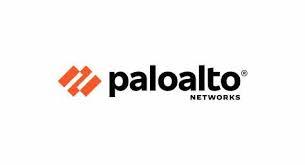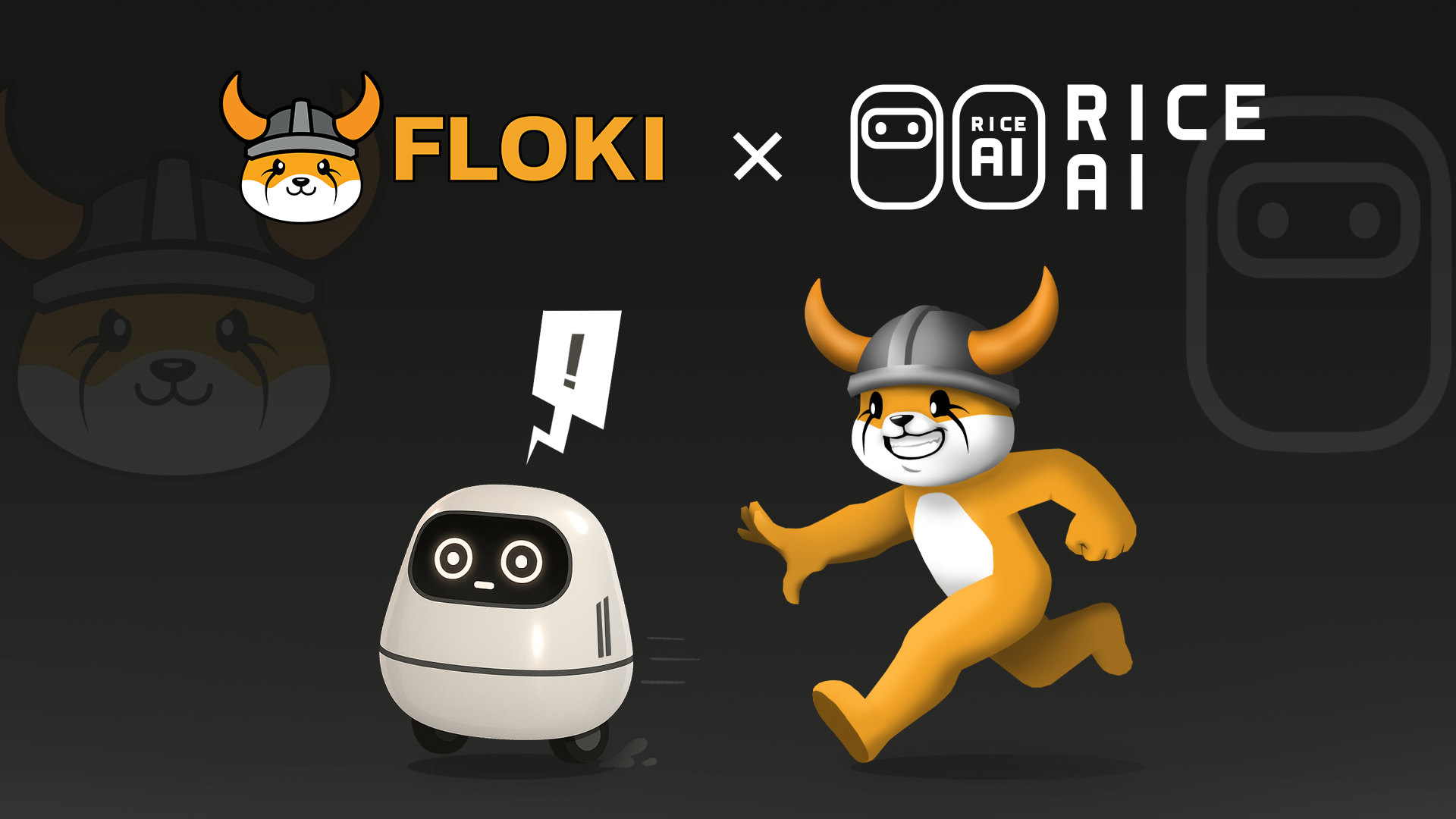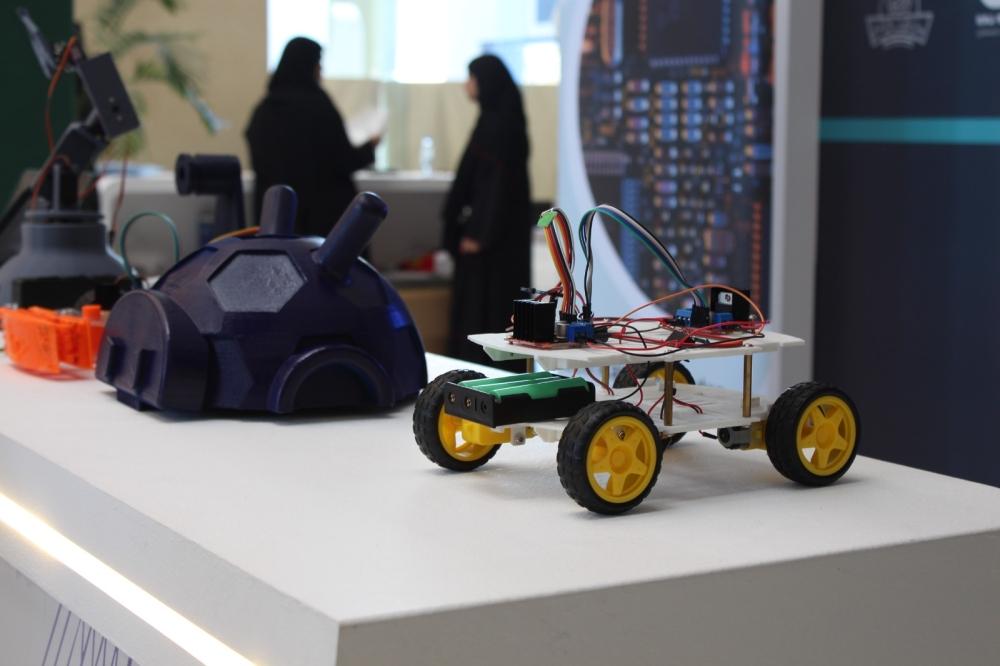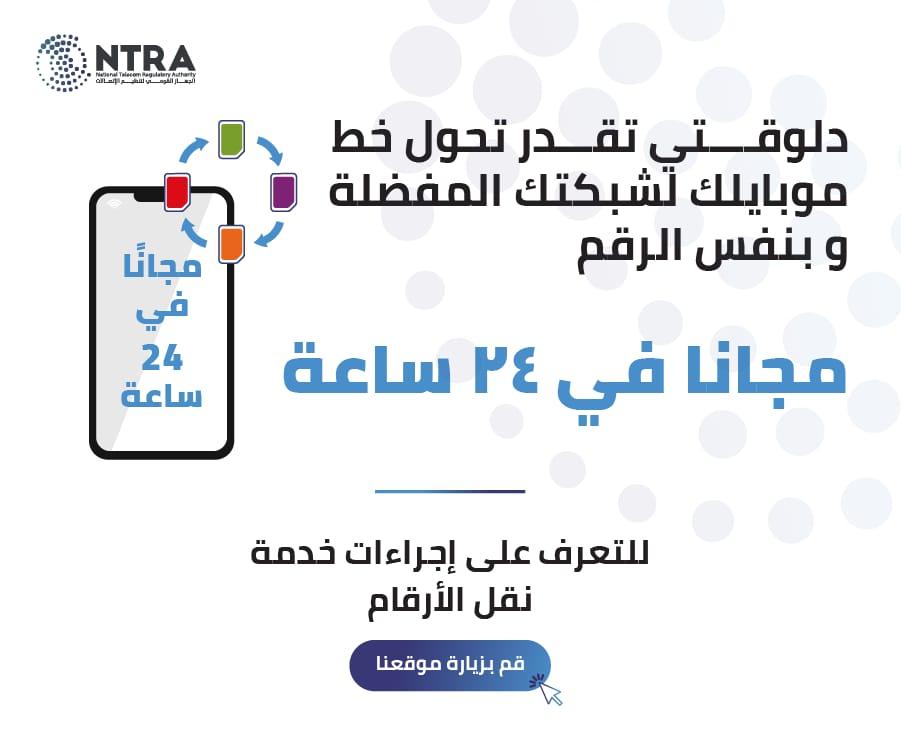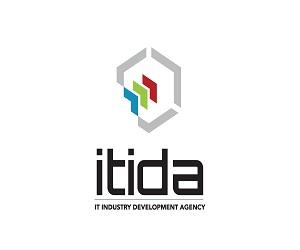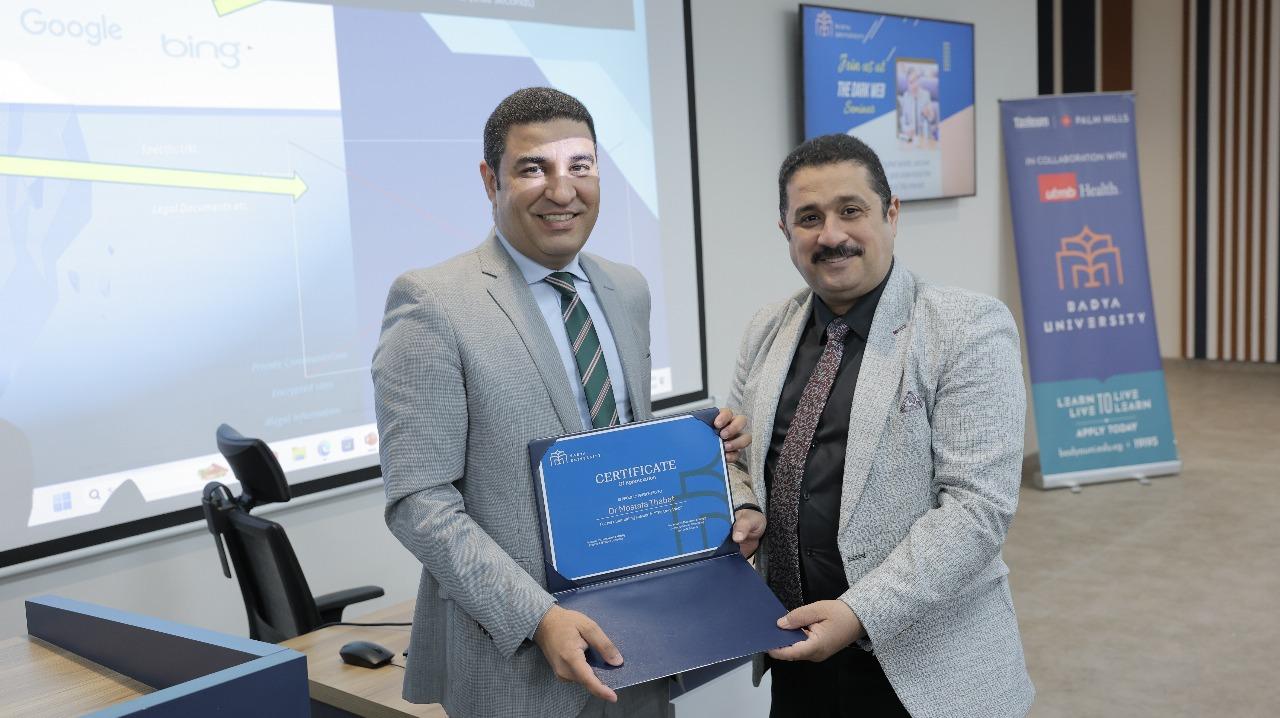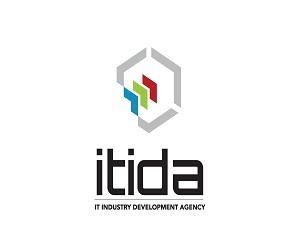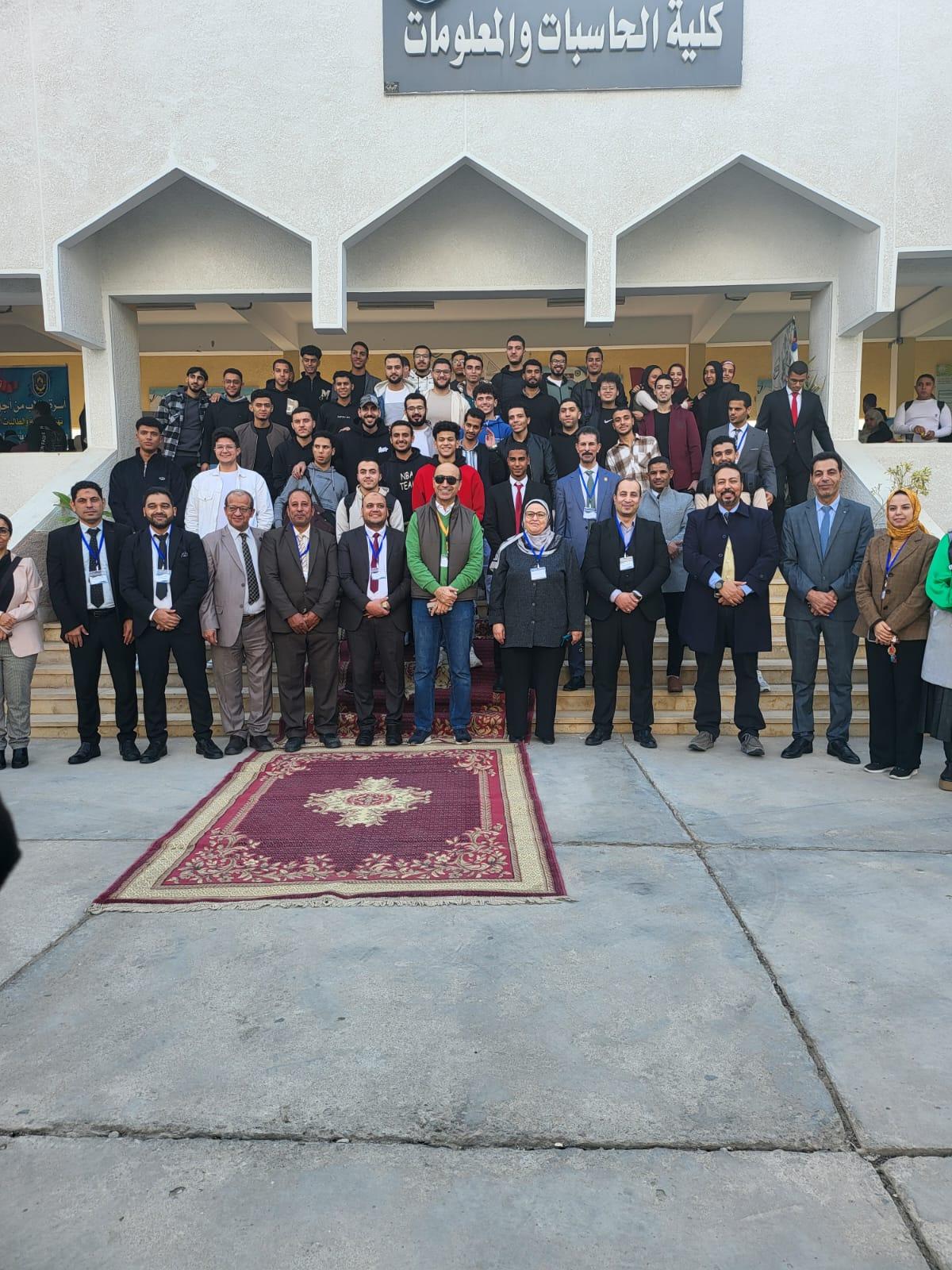By : Ahmed Helmy
There is no greater challenge for healthcare and life science organizations than ensuring that their digital transformation along with better data management will improve patient outcomes, increase operational efficiency and productivity, and better financial results.
The drivers of healthcare and life science’s transition from data rich to data driven are not new and include the race to manage cost and improve quality. Some new drivers include the growth of at risk contracting for providers, the threat of care delivery disruption by the retail industry and the impact of drug discovery in the challenge to balance speed to market with costs. Health and life science industries are data rich.
IDC estimates that on average, approximately 270 GB of healthcare and life science data will be created for every person in the world in 2020.
Transformation of data into insights creates the value for health and life science organizations coupled with organizations establishing a data driven culture. Insights will be gained through advanced analytics including Artificial Intelligence (AI) and Machine Learning (ML) which are gaining acceptance in healthcare and life science and require large volumes of high-quality data.
The growth of healthcare costs in the U.S. will outstrip the growth of GDP by 1% and healthcare costs are estimated to grow to 20% of GDP by 2028. The U.S. does not deliver higher quality for that investment, the latest rate of maternal mortality in the U.S. is 26/1000 versus 9/1000 in comparable countries. The impact of health inequity was clearly demonstrated in the increase of COVID-19 positivity rates, hospitalization and death experienced in the U.S. among individuals of color and other marginalized groups. Attempts to manage costs and improve quality have shown mixed results. For example, only 5 of the 54 cost management programs sponsored by the Centers for Medicare and Medicaid Services show measurable savings. Data driven insights gained from AI are required to address and mitigate these fundamental challenges. Solutions will not be found based on anecdotal information.
AI has gained enormous importance in the life sciences industry, especially since the onset of the COVID-19 pandemic – digital resilience and sustainability developed a new meaning. As the industry searched for ways of driving continuity in clinical trials, remote, decentralized, hybrid and virtual models were implemented. One saw the development timelines being shortened and vaccines being brought to the market in less than a year. AI suddenly became integral to everything.
Applications of AI in life sciences in are diverse – a few examples range from the use of AI/ML in software in a medical device (SiMD) and software as a medical device (SaMD), acceleration of patient recruitment, enabling remote monitoring of sites and patients, the development of digital biomarkers and digital therapeutics, driving in silico drug discovery, the development of digital twins, prediction of the likelihood of a patient having an adverse event, signal detection in pharmacovigilance, as well as in sentiment analysis.
Real-world data (RWD) has also recently become more important to leverage data to identify patients and safety signals, develop synthetic control arms and leverage digital pathology and radiology data to support a precision medicine strategy. Valuable insights can also be gleaned from EHRs and claims data to support deep phenotyping and interlinking this with genomic architecture to develop a deeper understanding of mechanisms of action and clinical outcomes. One is seeing a huge convergence between pharma and healthcare as they seek to learn from each other. AI and ML serves as the enabler to be able to derive scalable insights from this data and federated learning models can power the secure use of this data and the learning models.








